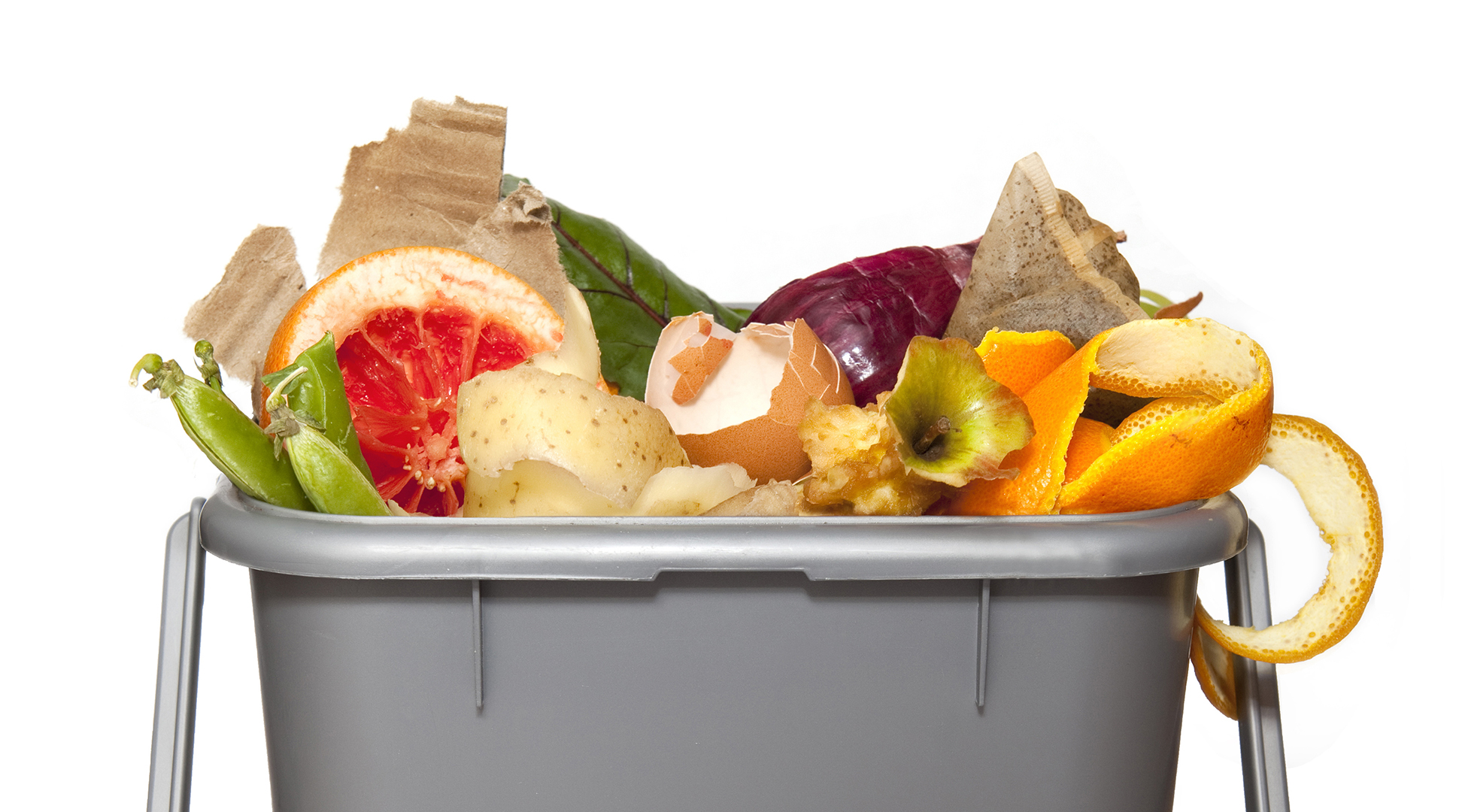by Rachel Gerbitz
How often do you bring home more food than you need from the grocery store or toss leftovers that were forgotten about in the back of the refrigerator? We need to eat and drink, but we also need to accept the responsibility of being mindful of using our resources. Approximately one-third of human food produced in the world is lost or wasted. Food waste, edible food that was spoiled or discarded before consumption, is the number one contributor in landfills. Food waste takes up valuable space in landfills and contributes heavily to greenhouse gas emissions. Agriculture can provide a solution to this problem. Farmers have been reducing waste and improving efficiency for decades; however, we cannot do it alone. We need to be mindful of using our resources at home and on the farm. Reusing Food Waste on the Farm Farmers are redirecting rejected or leftover food as feed for cows and livestock. Potato peels, cranberry hulls, expired cereal and imperfect candy are some of the examples of waste products that can be fed to cows. Using these leftovers in a cow’s diet offers cost-savings for the farmer. Next time you’re enjoying a glass of cranberry juice or mashed potatoes at your favorite restaurant, there is a good chance that the leftovers from those products were redirected and used to feed cows and ultimately produce cheese and milk for you to enjoy. Reducing Food Waste at Home You can reduce food waste at home by sticking to your grocery list, correctly storing and creatively repurposing leftovers and understanding expiration dates on food. Best-by and sell-by dates are provided by the processor for the best quality; foods are often still safe to eat past the printed date. Instead of tossing your watermelon rinds this summer, try composting them instead. You can compost fruits and vegetables, coffee grounds, eggshells and nutshells by discarding in a container along with yard waste and sawdust. Carbon and nitrogen in the yard waste and food scraps work together with moisture to break down the organic matter. Compost can enrich the soil and lower your carbon footprint. According to a recent report from the Department of Natural Resources, using or composting the amount of food sent to landfills in 2020 would reduce greenhouse gas emissions equivalent to the amount of taking 600,000 cars off the road for a year. Urban and Rural Renewable Energy Organic waste, like food scraps, takes up space in landfills and emits methane. Many landfills use technology to collect that methane and turn it into energy to power equipment and fleet vehicles. There is a good chance that the garbage truck picking up your waste is powered by renewable energy. Dairy farmers also can harvest methane using aerobic digesters, turning the gas emitted from cow manure into power to energize farm buildings and homes. Conserving Water on the Farm Water is a valuable resource for farmers. It’s used to irrigate crops and nourish animals. Water can be used more than once before it is returned as part of the natural water cycle. The same water can be used up to four times on a dairy farm: first to cool the milk, then to water the animals, then to clean equipment and, finally, to irrigate crops. Conserving Water at Home You can conserve water at home by turning off the faucet while you brush your teeth, only running the washing machine or dishwasher when you have a full load and monitoring your water usage on your water bill. Working Together to Achieve Goals Farmers are creative thinkers and innovators, using every resource to maintain their bottom line and help the environment. Reducing, reusing and recycling resources helps farmers to be more efficient and protect the environment. You can help at home by using your resources wisely. Plan for your grocery trips ahead of time and keep an eye on your water bill to monitor usage. Together, we can fight food waste, conserve our water and provide solutions to minimize our impact. This column was originally published by Wisconsin Farm Bureau Federation and is republished with permission. Gerbitz is the director of sustainability communications and partnerships for Wisconsin Farm Bureau Federation. In this role, she celebrates and elevates sustainability in agriculture through member programming, consumer outreach and education.
